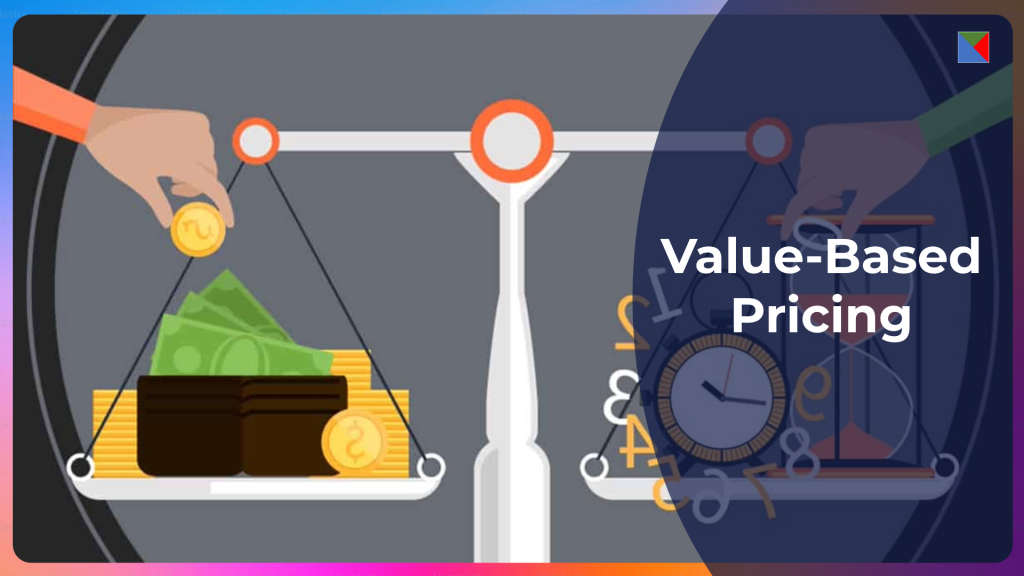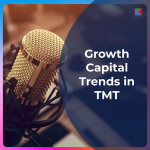
Value-Based Pricing in Telco vs. SaaS: Frameworks, Cases & Results
Value-based pricing is reshaping how B2B Telco and SaaS providers capture revenue. By aligning charges with the outcomes customers value most—network reliability, data-driven insights, or AI-powered efficiency—leaders are boosting margins and retention simultaneously. Our analysis shows Telcos that bundle high-value services have lifted ARPU by up to 20 %, while SaaS firms that switch to usage-based models grow net retention above 120 %. Key takeaway: organisations that master segmentation, willingness-to-pay (WTP) analytics, and dynamic, AI-enabled pricing outperform peers on profitability and customer lifetime value (CLTV). Conversely, regulatory scrutiny, billing-system rigidity, and fairness perceptions remain hurdles. This report distils proven frameworks, emerging trends, and real-world wins—so pricing, product, and finance leaders can pilot value-based models with confidence.
Market Overview (Value-Based Pricing)
Global spend on Telco services will hit $1.5 T in 2025, yet revenue growth is flat as connectivity commoditises. SaaS, a $317 B market growing 18 % CAGR, faces investor pressure for efficient expansion. Both sectors now treat pricing as a growth lever rather than an afterthought.
Telco snapshot. B2B accounts generate 30 % of operator revenue but contribute 50 % of profit due to higher margin managed services. Operators that monetise 5G slices, IoT, and cybersecurity via value-based bundles report double-digit ARPU uplift. Our deep dive on three key revenue metrics expands on ARPU, churn, and CLTV.
SaaS snapshot. Public SaaS companies with usage-based or outcome-based models see median Rule-of-40 scores five points higher than peers on flat subscriptions. Usage-based pioneers (e.g., observability, data, AI tools) grow expansion revenue faster because price scales with customer value. Spoke: For tactical GTM guidance, see Boost Your Profits: Pricing Model Strategies.
Key Drivers & Challenges
Drivers
- Customer-centric segmentation. Micro-segments (e.g., “international-roaming SMBs”) enable prices tied to specific needs.
- Advanced WTP analytics. Conjoint, Van Westendorp, and AI-powered churn models reveal elasticities invisible to legacy cost-plus approaches.
- Digital billing infrastructure. Cloud-native BSS and subscription platforms allow granular, real-time pricing.
- Executive sponsorship. Bain finds pricing leaders are nearly twice as likely to embrace dynamic models, capturing market shifts early. Bain & Company
Barriers
- Regulatory limits. Net-neutrality or tariff-review boards can block personalised Telco pricing.
- System rigidity. Legacy billing stacks struggle with per-usage metering; upgrade costs can exceed $10 M.
- Perceived fairness. Personalised prices risk backlash if benefits versus cost are unclear.
- Outcome attribution. Proving ROI for outcome-based contracts demands robust data governance.
McKinsey estimates pricing solutions can add 1.5 % margin uplift and improve trade-spend effectiveness by 10–15 %. McKinsey & Company
Competitive Landscape
Telco incumbents—Orange, AT&T, Telefónica—pivot from unlimited data wars to value-added tiers (e.g., secure-SD-WAN, edge computing). Challenger MVNOs differentiate via hyper-focused bundles (gaming, video, travel) priced on relevancy rather than volume.
SaaS stalwarts—Adobe, Salesforce, Microsoft—layer outcome-based add-ons (AI copilots, per-conversation bots) atop subscriptions. Born-in-the-cloud players—Snowflake, Datadog, New Relic—anchor revenue to consumption units (storage credits, events, GB ingested).
Competitive signals
- Adobe’s switch from perpetual licences to Creative Cloud subscriptions lifted CLTV by 3× within four years.
- New Relic’s 2020 move to per-GB pricing introduced a 100 GB free tier; one year later the company reported “thousands” of migrations and improved logo retention. New Relic
- Dutch MVNO “TelMax” (pseudonym) rebuilt plans using feature-level WTP, increasing MRR 50 % with churn ticking only to 3.3 %.
For deeper channel-sales tactics that complement pricing, explore How Channel Sales Can Triple B2B SaaS Revenue.
Emerging Trends
- AI-driven personalisation. Operators deploy machine-learning engines that propose plan upgrades at the precise moment churn risk spikes—lifting upsell revenue by 15 %.
- Outcome-based SaaS. Salesforce now prices its AI Service Agent at $2 per conversation, signalling a shift from seat count to value delivered.
- Hybrid value metrics. Vendors mix flat subscriptions (baseline support) with variable usage (premium compute units) for predictable yet scalable revenue.
- Ethical pricing governance. Boards establish fairness charters to avoid discriminatory personalisation and ensure GDPR-grade transparency.
Forward-looking statement: By 2027, we expect half of enterprise SaaS contracts to include at least one outcome-based component, and 20 % of Tier-1 Telcos to monetise 5G network slices via SLA-linked fees.
Linking upward, our AI & B2B Sales Strategy brief details how intelligent automation underpins these pricing advances.
Success Case Spotlight
Subscription Pricing Overhaul for a MediaTech SaaS Provider
Facing 18 % churn and stagnant ARPU, a $50 M-ARR streaming-analytics firm partnered with nGülam. Using GrowthBridge™ it:
- Re-defined the value metric around streamed-hours analysed.
- Introduced tiered packaging plus pay-as-you-go overages.
- Tightened discount governance.
Results (90-day post-launch):
- ARPU +15 % (€65→€74).
- Churn –8 pp (18 %→10 %).
- Enterprise-tier adoption ↑ 40 %.
This mirrors New Relic’s success and proves structured value-based pricing can accelerate revenue without sacrificing retention.
Strategic Recommendations
- Audit Value Drivers Now. Map features to customer outcomes; validate WTP through conjoint studies within 60 days. Impact: sharper packaging, 3–5 % near-term margin gain.
- Modernise Billing & Data. Invest in cloud-native metering that supports per-usage and SLA-linked fees within 9 months. Impact: enables rapid pricing experiments; reduces revenue leakage by 2 %.
- Launch a Pilot & Iterate. Select one segment, offer a value-based bundle (e.g., 5G premium slice or per-conversation AI module), and run A/B pricing tests for 12 weeks. Impact: validates elasticity, informs scaled rollout, mitigates churn.
- Establish Pricing Governance. Form a cross-functional committee—pricing, finance, product, legal—to set discount thresholds and monitor fairness. Impact: prevents margin erosion and regulatory surprises.
- Communicate Value Relentlessly. Equip sales with ROI calculators and case stories; adopt customer-success check-ins to ensure perceived value matches price. Impact: sustains NPS, boosts upsell velocity.
Conclusion
Value-based pricing turns price from a cost discussion into a value conversation. Telcos fighting commoditisation and SaaS firms chasing durable growth share the same imperative: charge for outcomes customers prize. Organisations that embrace data-driven segmentation, AI-powered analytics, and disciplined governance can lift revenue metrics while deepening loyalty. Ready to capture that upside? Contact our pricing specialists today to blueprint your pilot and unlock profitable growth.

